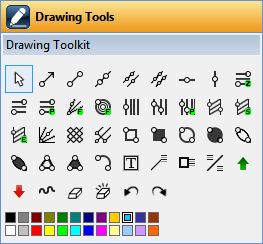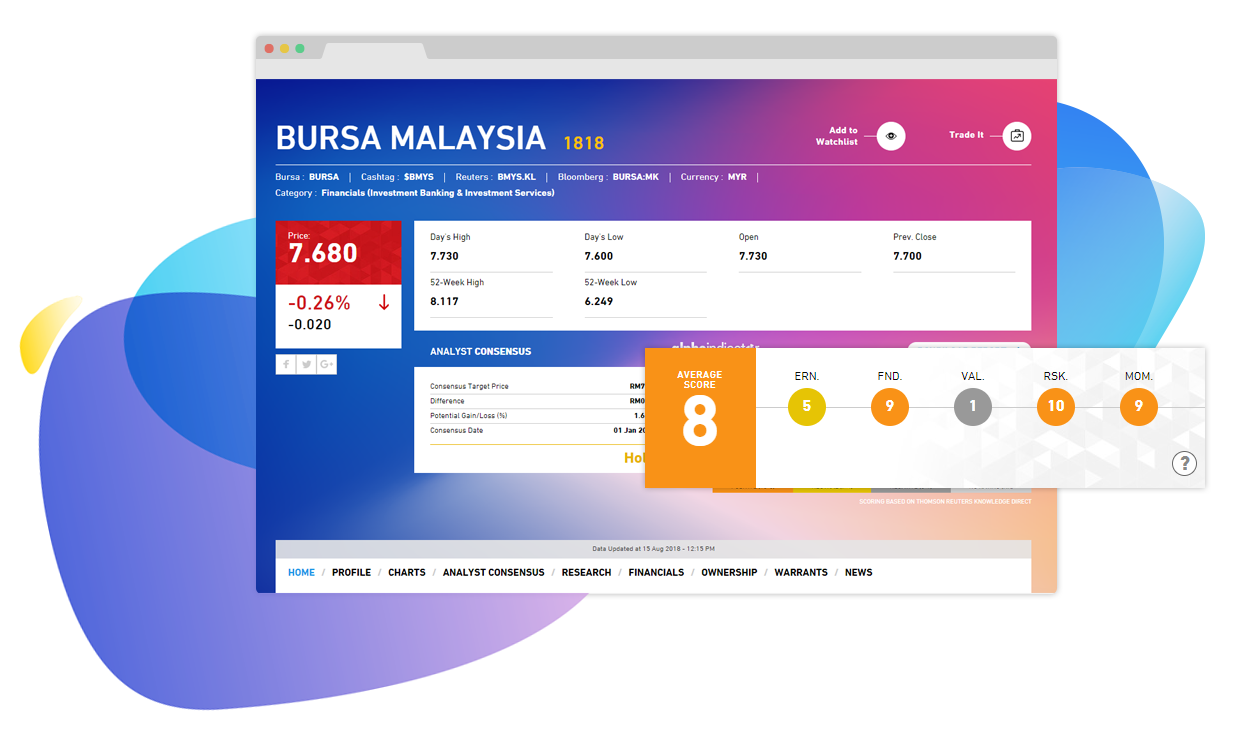
Bursa Station Professional Crack Head
Basically, shoulder impingement syndrome is when the sub-acromial elements—the supraspinatus and biceps tendon, and the bursa—get pinched and inflamed. You can see how this example of neck and shoulder pain can occur together. Aplikasi pembukuan toko menggunakan laptop.
Programma excel na total v basketbole. 种子名称:Programma_Excel_Na_Total_V_Basketbole_S0DO25.exe 种子哈希:0D70568B2B76E3CE78C8D2ADC306F4 文件数目:1个文件 文件. Powered by Create your own unique website with customizable templates.
Computer Neck Syndrome: Postural Causes of a Common Malady - Los Angeles, West Hollywood, Beverly Hills Chiropractor, Dr. Nick Campos Computer Neck Syndrome: Postural Causes of a Common Malady by Dr. Nicolas Campos we discussed the connection between the neck and shoulders.
I described exactly how long-standing, chronic neck pain could have shoulder and upper back origins, particularly from the and muscles. We discussed some fundamental musculoskeletal dysfunctions at the root of neck and shoulder pain—, muscle tightness (), and trigger points—and a few things you can do at home to relieve some of these issues. This article is going to get a little more specific as to how time and gravity factor into chronic neck and shoulder pain, primarily as it relates to. I will also outline and demonstrate through video what you can do, again, on your own at home, with exercises to strengthen, stabilize, and correct your upper back and shoulder dysfunction. In the end, you will understand how chronic neck pain develops and how you can prevent it from becoming that nagging problem that keeps you up, and hurting, at night. Muscular Imbalances Result from Hypertonic (tight) muscles Last article I discussed one form of muscular dysfunction that can cause neck and upper back pain—muscle spasms. Muscle spasms result from muscle fibers “forgetting” to relax.
They somehow lose touch with the neurological signal that tells them to release. A less extreme form of constant contraction is called —hyper meaning “a lot,” and tonic meaning “tone,” so muscles with a lot of tone or contraction. Hypertonic muscles are tight, contracted muscles that are not yet quite spasmed. Most people with chronic, but low-level, are likely (at least in part) experiencing this condition—they often described it as “stiffness” or “tightness,” and the sufferer feels as if they want to, but can’t quite, stretch the discomfort out. The most common components of hypertonicity, as they relate to the neck and upper back, are our old friends the upper trapezius and levator scapulae. As I described last month, these two muscles are shoulder elevators; when they get hypertonic and tight, these muscles cause a shrugged posture. Another group of muscles can also get tight causing a hunched-forward posture—we call this a flexure posture, and the muscles responsible are primarily the group (pecs for short) and the.
Both these groups are in the front of the body, the pecs being the chest muscles and the scalenes residing on the front of the neck. Tight pecs round the shoulders, while tight scalenes jut the chin forward—sort of Quasimodo-like, I always say. Tight pecs can result from lots of bench pressing, or pushup, with very little stretching thrown in—a faulty combo. They also get tight as result of. That’s right, doing nothing can lead to tight pecs, too; albeit more slowly.

Tight traps, levator scaps, pecs and scalenes can all cause neck and shoulder pain on their own, simply by feeling tight, stiff and developing trigger points. But an interesting thing can happen when these muscles are tight as a group, together; they can actually lead to compression of the, leading to impingement, as well as compress the nerves going into the arms () leading to numbness and tingling of the arms and hands. If you remember, wellit ain’t fun. Basically, shoulder impingement syndrome is when the sub-acromial elements—the supraspinatus and biceps tendon, and the bursa—get pinched and inflamed. You can see how this example of neck and shoulder pain can occur together. The unfortunate thing is that this scenario is often overlooked by non-orthopedic medical doctors.